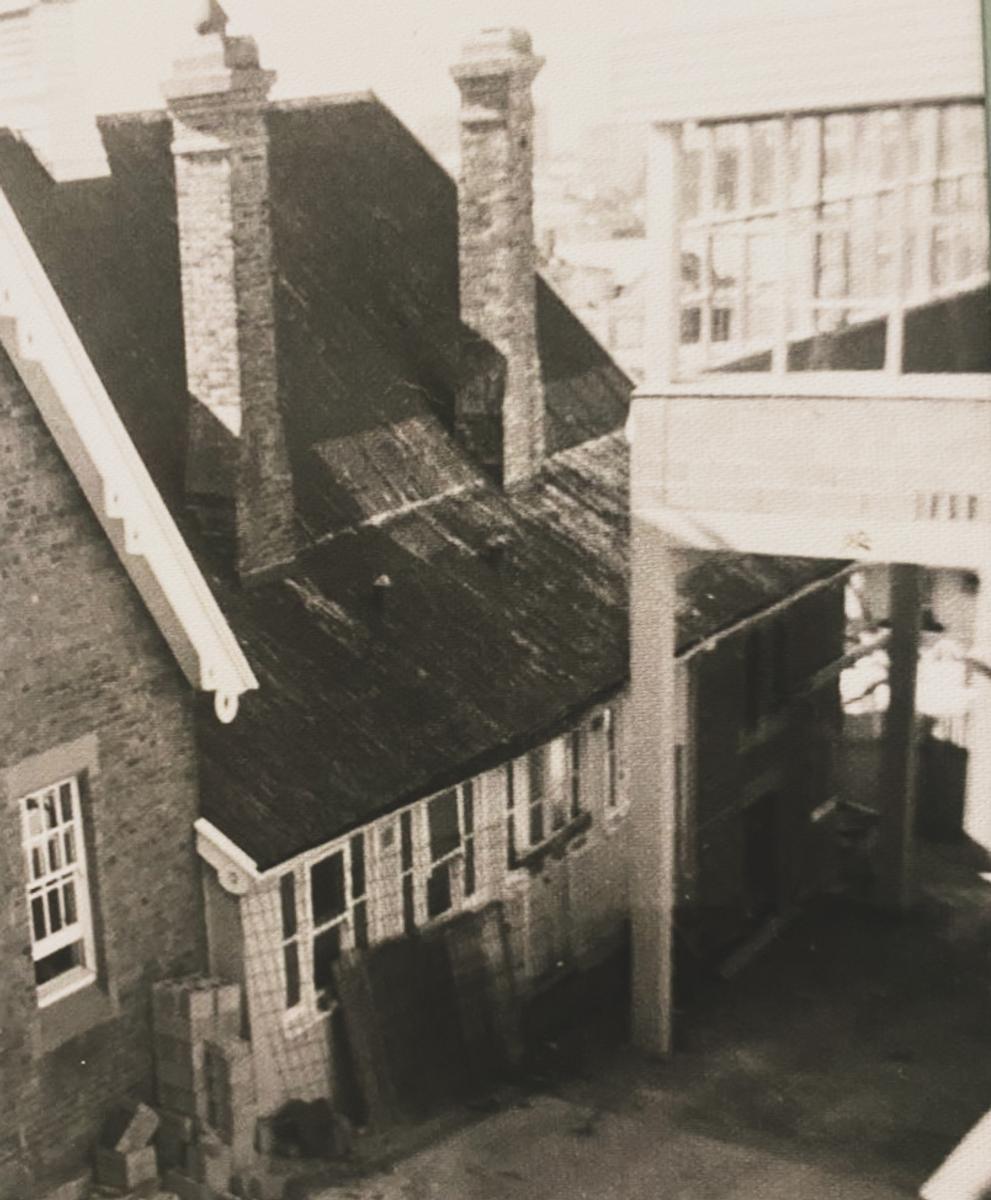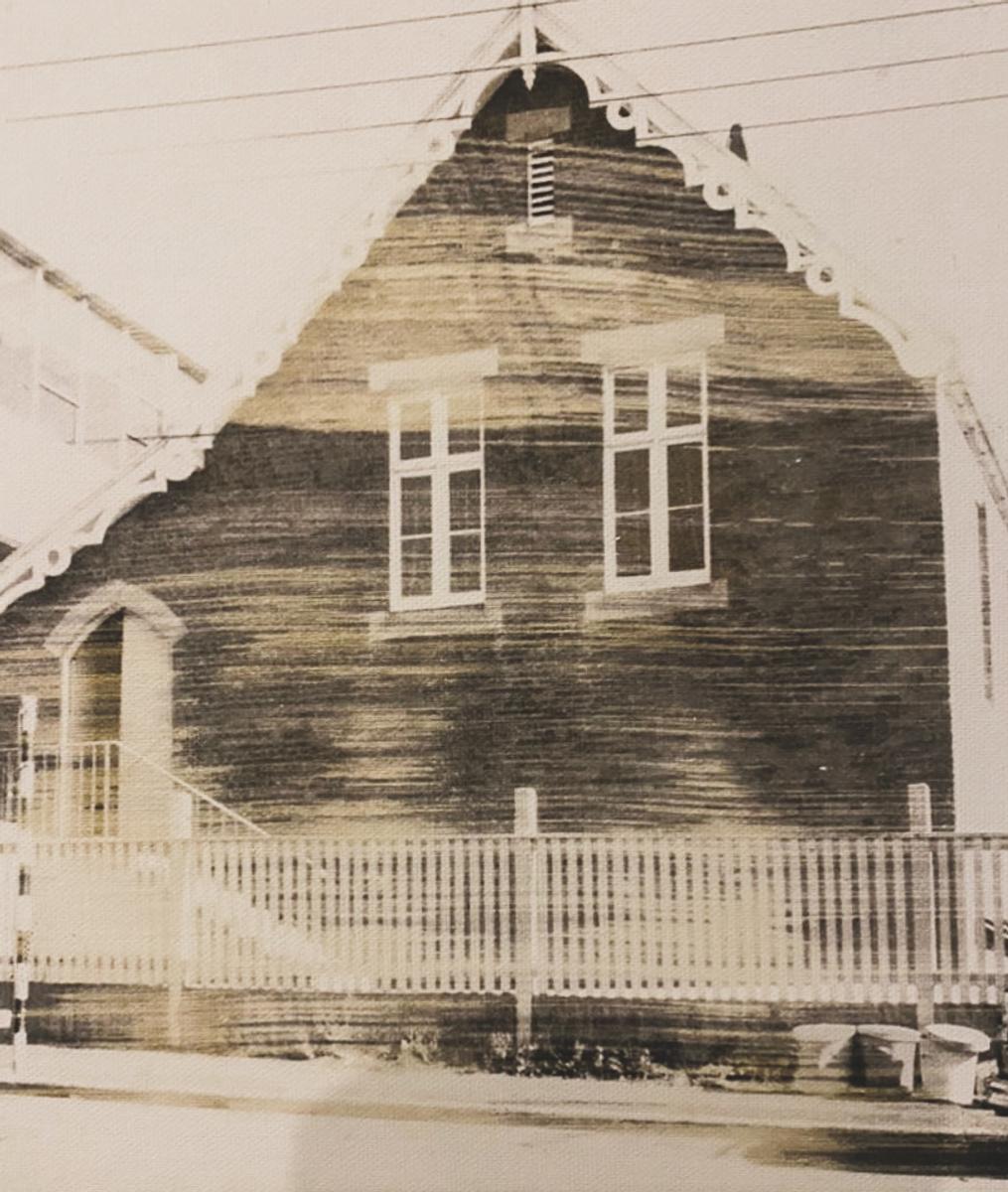Anecdotes from the Archives
Margaret Rootes, Heritage Officer

Anecdotes from the Archives
Margaret Rootes, Heritage Officer
Many families new to St Mary’s College may not be aware that for the first nearly 90 years of its existence, the College was actually two schools within one.
The first nine Presentation women arrived in Hobart in late 1866 committed to starting a school for the very poor families of Hobart. As they had done in Ireland, they first established a fee-paying school for affluent families, using any excess finances to maintain a 'poor' school or a 'free' school on the same site. To speak of a 'poor' school may be offensive to our sensibilities today but was acceptable at this time in the past. In fact, the Tasmanian Catholic Standard reported in April 1868:
…it comprises two schools-a Free school for poor and destitute children, and a Paying school for the upper and middle classes.
Probably class-conscious, well-heeled families in Hobart at the time would have been appalled at the thought of their own children being educated beside the children of former convicts, so the plan worked well and did not seem to stir any social conscience. The new school, constructed on the Brisbane Street side of the Convent, was opened in 1876 and was named St Columba’s School. Prior to the opening of the 'poor' school in its own building, the Sisters had begun the education of the poor children from early in 1868.
The Sisters took their high standards of education to St Columba’s and it soon gained a sound reputation, teaching writing, reading and arithmetic, as well as a full faith education. As the leaving age was then at Year 6, (later to be raised incrementally over the years), employers were very happy to offer work to a well-rounded young graduate of St Columba’s School. The first fees at St Columba’s were threepence (three cents) per week, and those who could, paid. No accounts for arrears were ever sent.
For many of the decades when the two schools ran so close together in proximity and yet so far apart socially and culturally, the numbers at St Columba’s were in excess of the numbers at St Mary’s.
Former students at St Columba’s over the years have recalled a wonderful environment in which the teaching was strict and punishment was instant, but the culture of music and theatre was vibrant and strong. St Columba’s became the school to beat in local eisteddfods and any other singing competitions. This was bitter gall at times to the competitors from St Mary’s College!
By 1950, the school leaving age had been raised to 16 years, meaning that St Columba’s had to add subjects. In addition, Archbishop Guilford Young was suggesting to the Sisters that all students should now be educated at St Mary’s College, and so it was that by 1956 all students above Year 6 level had been transferred to St Mary’s College, and from 1957 there was one school only on the site.
It is a well-known if not a well-publicised fact that the Sisters continued to offer for many years, free education to those whose needs were such that they could not afford to pay, as they continued the charism of Nano Nagle in Hobart. The original St Columba’s building, very sadly to many, was demolished in 1971 to make way for the new Junior School building.





